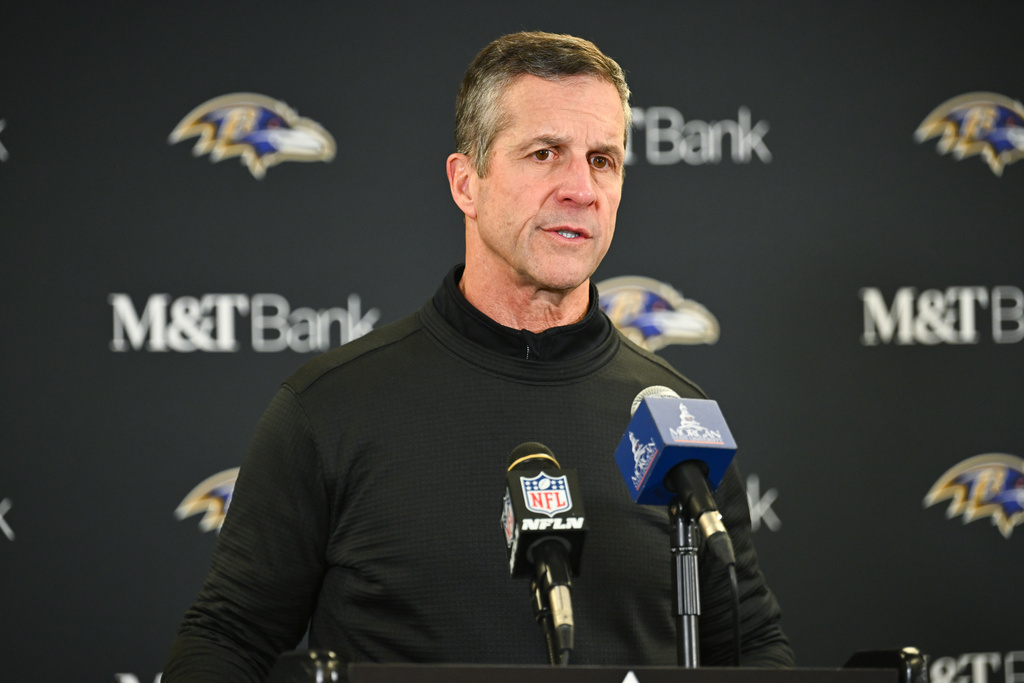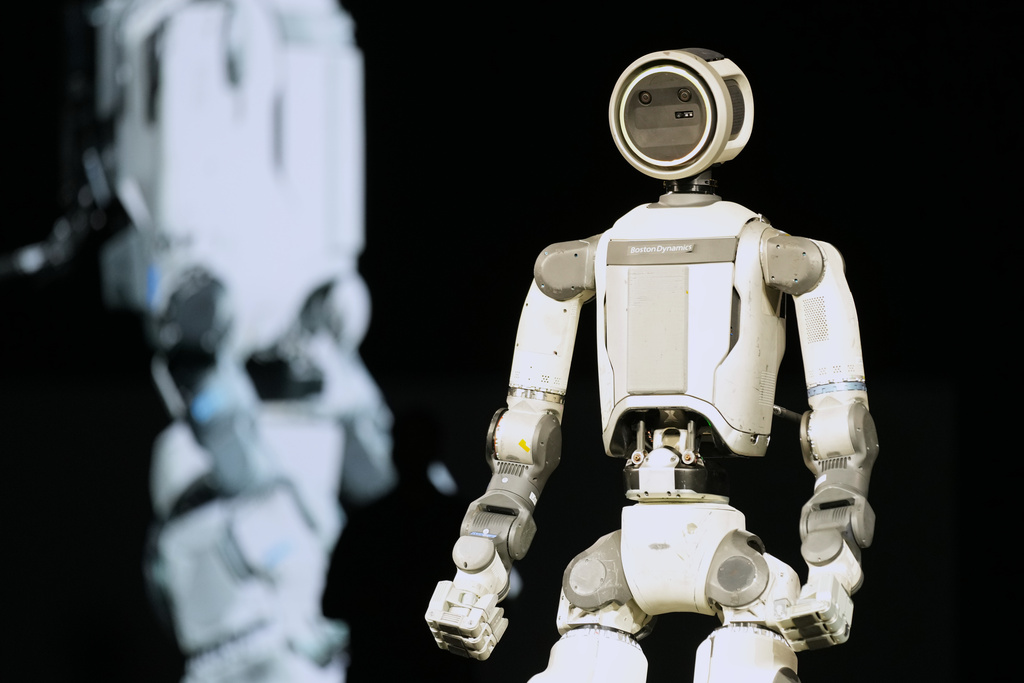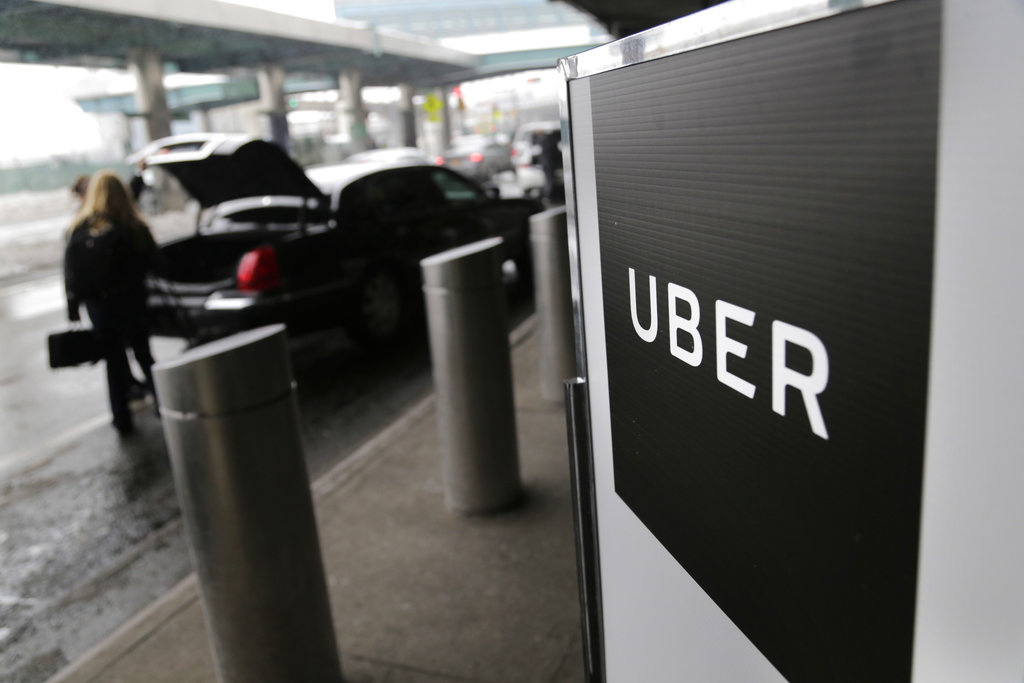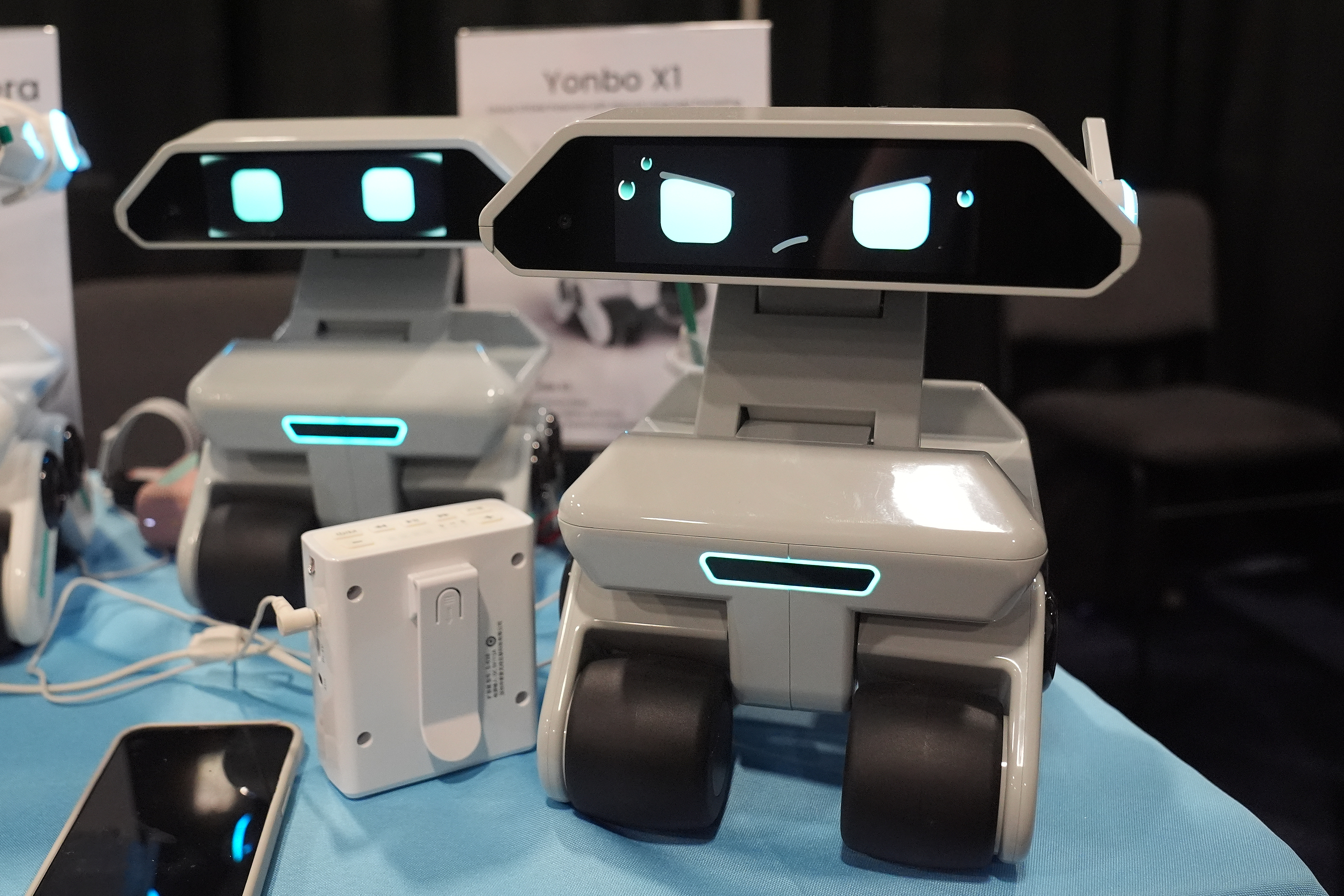Hundreds of thousands of Louisianans sweltered in the aftermath of Hurricane Ida on Tuesday with no electricity, no tap water, precious little gasoline and no clear idea of when things might improve.
Long lines that wrapped around the block formed at the few gas stations that had fuel and generator power to pump it. People cleared rotting food out of refrigerators. Neighbors shared generators and borrowed buckets of swimming pool water to bathe or to flush toilets.
"We have a lot of work ahead of us and no one is under the illusion that this is going to be a short process," Gov. John Bel Edwards said as the cleanup and rebuilding began across the soggy region in the oppressive late-summer heat.
New Orleans officials announced seven places around the city people could get a meal and sit in air conditioning.
Edwards said that state officials likewise were working to set up places to distribute food, water and ice, but that it wouldn't start Tuesday. The governor's office also said discussions were underway about establishing cooling stations and places where people on oxygen could plug in their machines, but it had no details on when those might be up and running.
More than one million homes and businesses in Louisiana and Mississippi — including all of New Orleans — were left without power when Ida slammed the electric grid on Sunday with its 150 mph (240 kph) winds, toppling a major transmission tower and knocking out thousands of miles of lines and hundreds of substations.
An estimated 25,000-plus utility workers labored to restore electricity, but officials said it could take weeks.
Additional reporting from the Associated Press.











